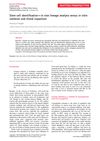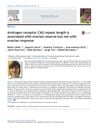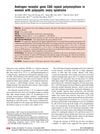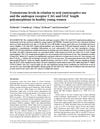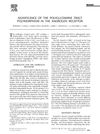Stem Cell-Derived Motor Neurons from Spinal and Bulbar Muscular Atrophy Patients
June 2014
in “
Neurobiology of Disease
”
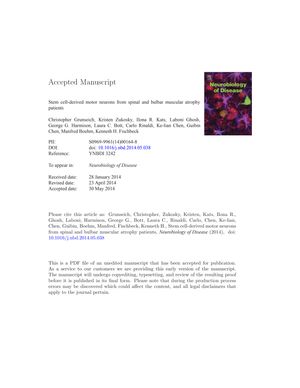
TLDR The study suggests that motor neurons created from stem cells of patients with spinal and bulbar muscular atrophy show signs of the disease, including changes in protein levels and cell functions.
The study generated induced pluripotent stem cells (iPSCs) from six patients with spinal and bulbar muscular atrophy (SBMA) and compared them to control lines from three healthy individuals. The researchers found that SBMA patient-derived iPSCs expressed lower levels of the androgen receptor (AR) and exhibited instability in the CAG repeat length of the AR gene. Motor neurons derived from these iPSCs showed similar numbers to controls, but those with the largest repeat expansions had increased acetylated α-tubulin and reduced histone deacetylase 6 (HDAC6), suggesting potential disruptions in microtubule function and intracellular transport. Additionally, changes in lysosomal localization and function were observed, particularly in patients with longer repeats. These findings indicate that iPSC-derived motor neurons can recapitulate aspects of SBMA and may provide insights into disease mechanisms and potential therapeutic targets. The research highlights the importance of AR levels, repeat instability, and HDAC6 in SBMA pathology.


